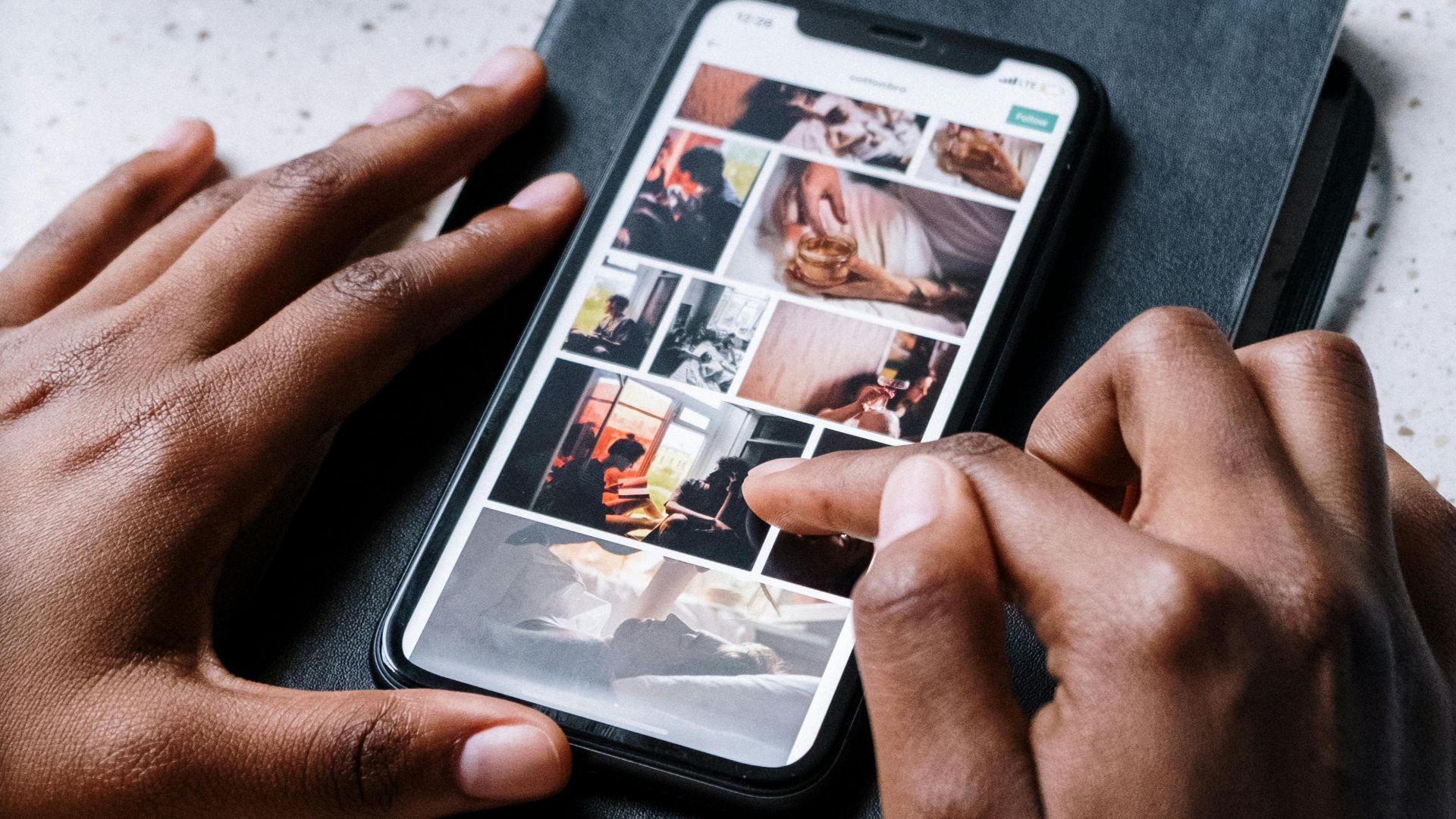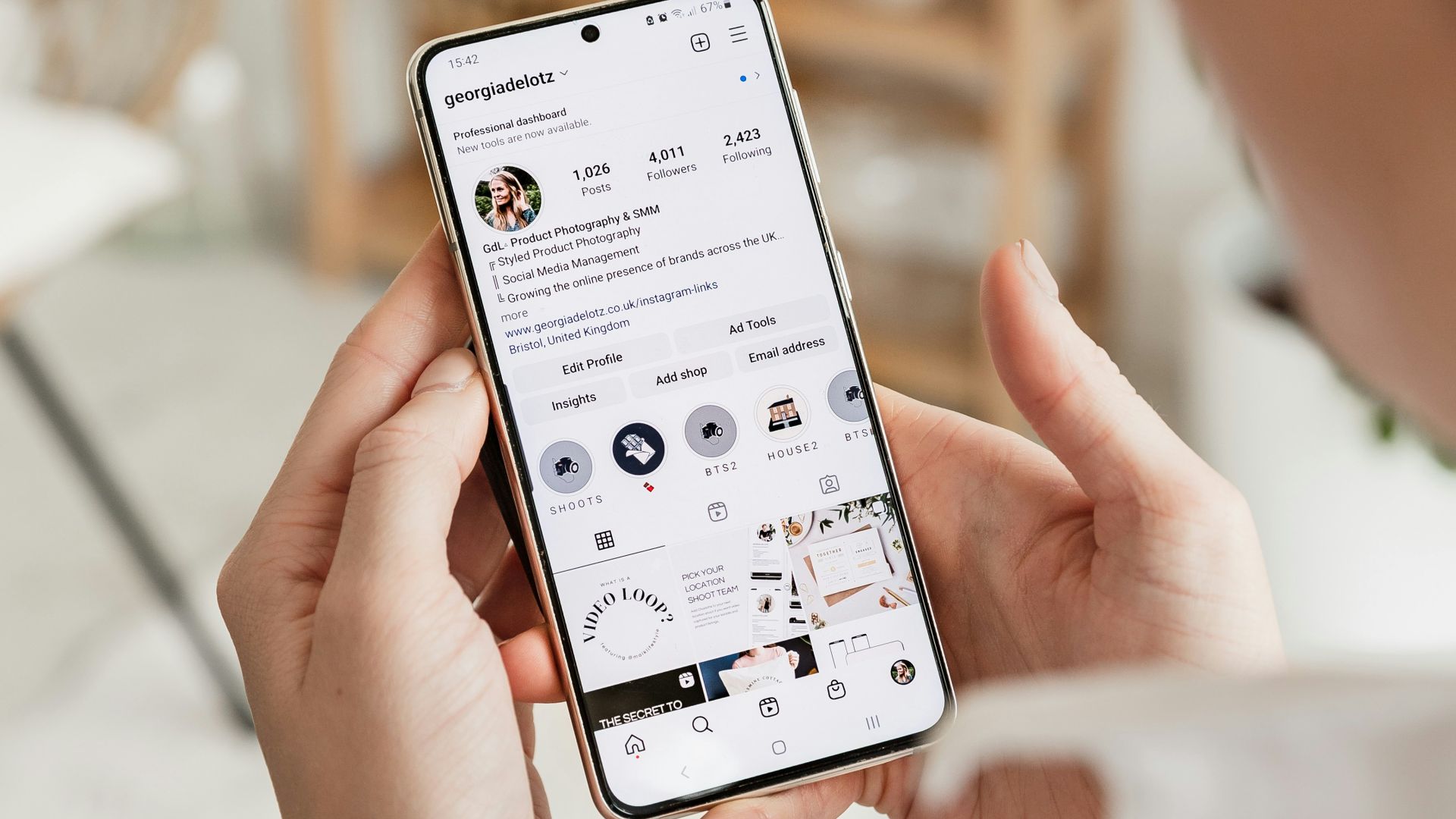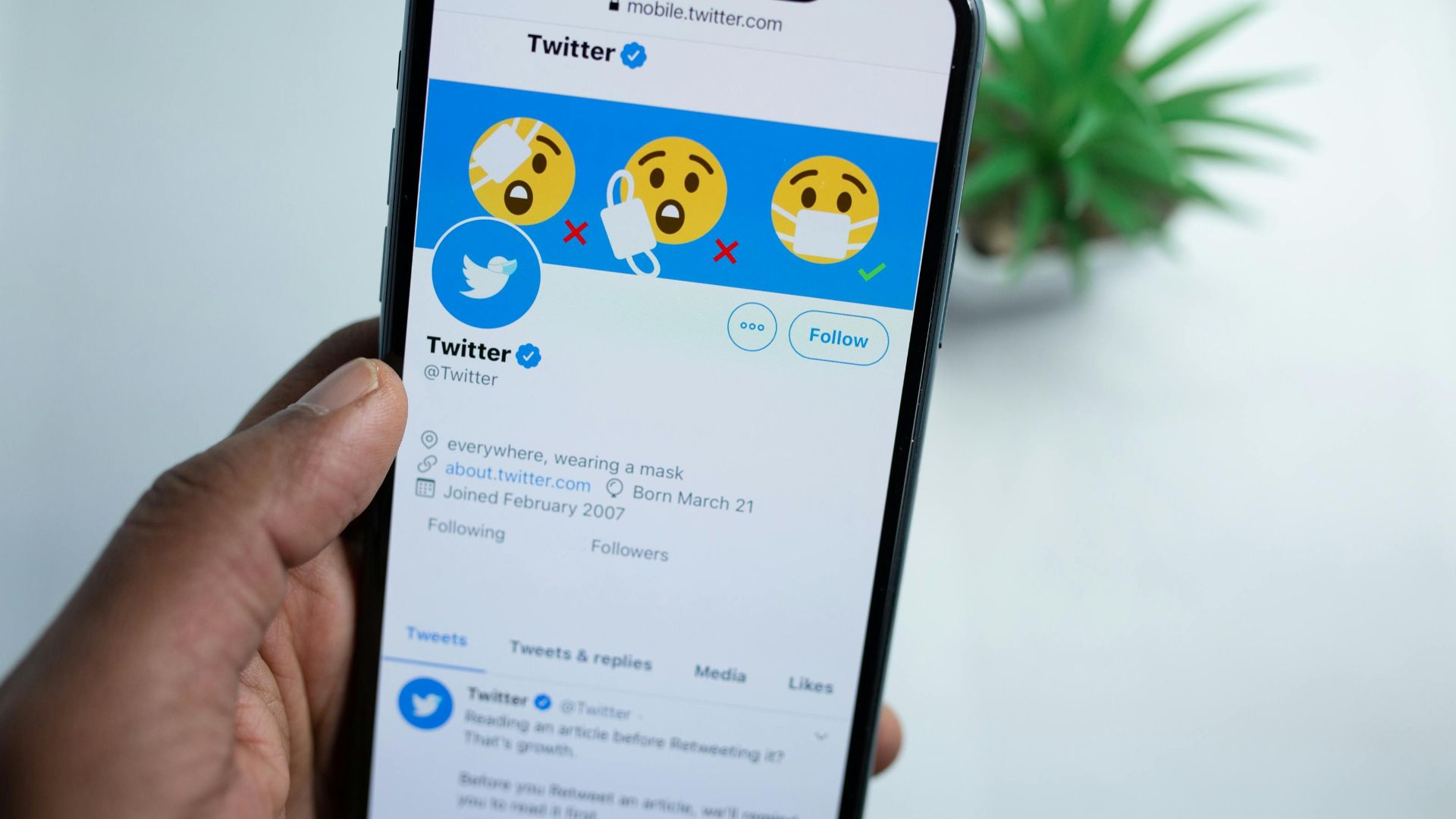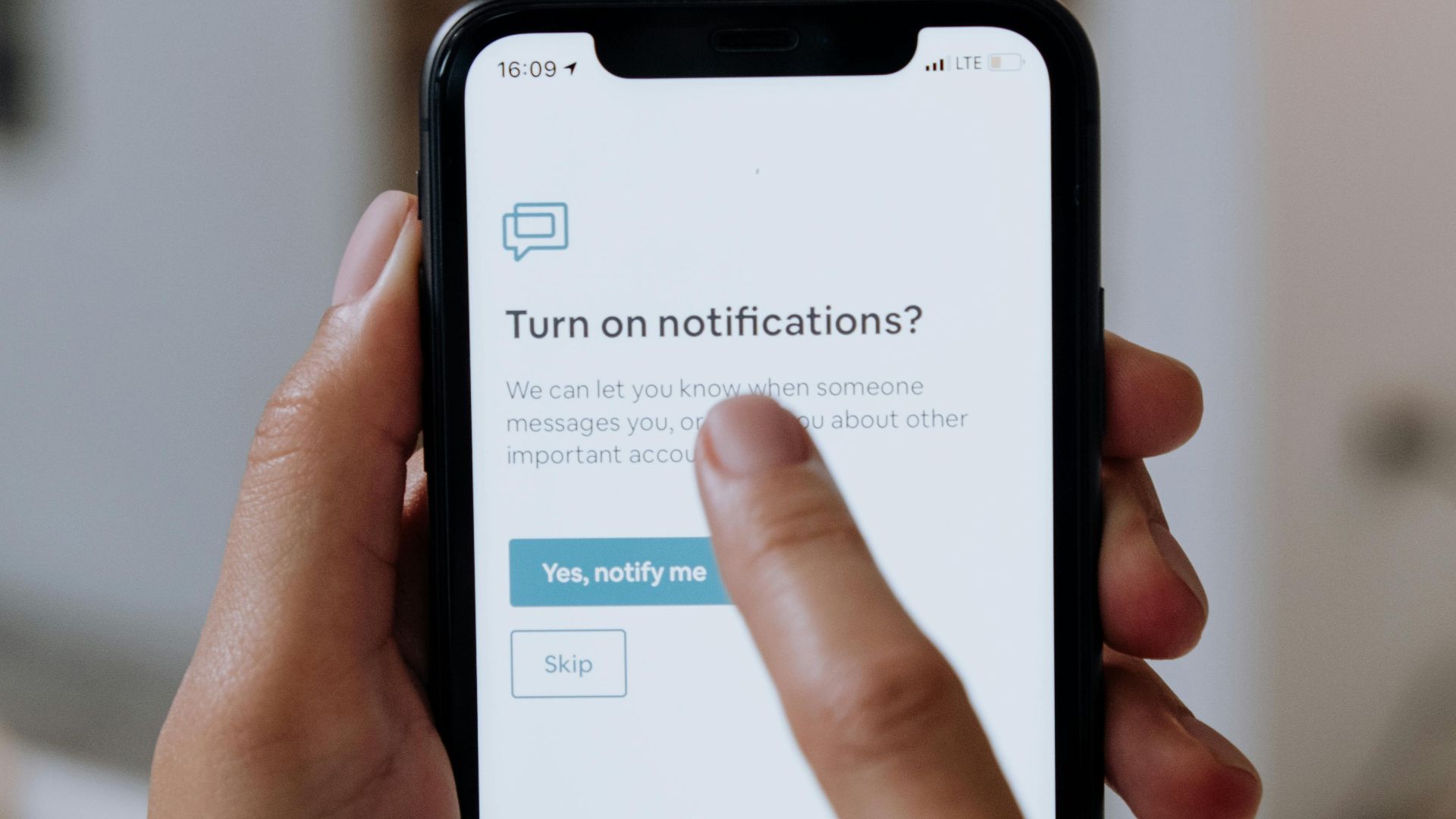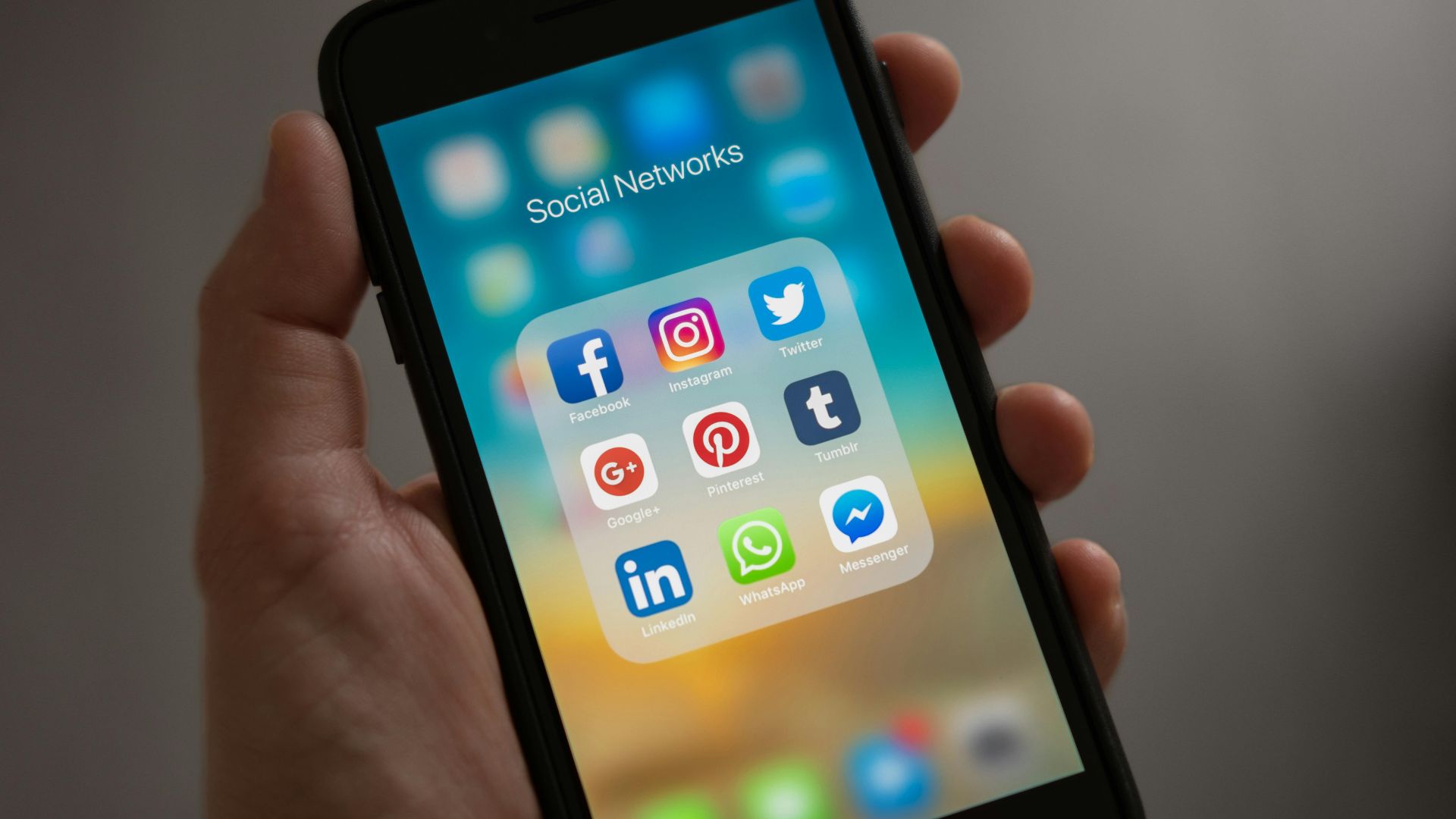10 Reasons Social Media Is A Complete Waste Of Time & 10 Ways To Make It More Productive
10 Reasons Social Media Is A Complete Waste Of Time & 10 Ways To Make It More Productive
Drain Or Gain
Think about how much time you spent on social media yesterday. Now imagine using that same amount of time learning something new or building real connections. Time is finite, and sometimes it's necessary to take a step back and reassess how you spend it. These platforms aren't going anywhere, so fighting them feels pointless. But that doesn't mean you can't take back control without going off the grid completely. Let's start by examining 10 reasons why social media is a waste of your time.
1. False Productivity
False Productivity occurs when you feel busy but achieve little. Social media fuels this through endless scrolling, liking, and saving tips that rarely get applied. Minor engagements give temporary satisfaction, masking real goals. True productivity, by contrast, creates tangible results and impact.
2. The Comparison Trap
What starts as a simple scroll through social media quickly evolves into an unintended psychological maze, thanks to our brain's sophisticated neural systems for social processing. Behind each perfectly filtered photo and achievement post lurks the dangerous comparison trap.
3. Information Overload And Paralysis
It is said that heavy social media engagement correlates with declining academic performance as students' study time diminishes. The cognitive mechanics behind this are clear: constant notifications and endless content streams overwhelm the brain's processing capacity, developing a mental gridlock.
4. Echo Chambers
Social media algorithms display content that only matches your existing beliefs. This limits exposure to diverse perspectives, reinforces biases, and stifles critical thinking. Over time, it can give rise to distorted views of reality, making it harder to engage in meaningful discussions.
5. Advertising And Consumerism
Our brains weren't structured for the dazzling barrage of buy-me-now messages flooding today's social feeds, leaving focus scattered and impulse purchases just a tap away. This attention-splitting advertising ecosystem now reaches a staggering audience, with platforms rapidly expanding.
6. Time Distortion (Doomscrolling)
From that first bleary-eyed morning scroll to the last midnight meme, our daily social media habit clocks in at a whopping two hours and twenty-something minutes. This occurs between dopamine-fueled work breaks and pre-bedtime browsing, which ruins our sleep.
7. Replacement Of Real-World Socialization
The toll of social media begins at home, with most users admitting they neglect personal relationships due to these platforms. This digital substitution for real-world connections steadily erodes social skills and face-to-face interactions. In education, students increasingly multitask during online lectures.
8. Engagement-Driven Outrage
Think of social media as a lab experiment gone wild. Here, platforms deliberately trigger dopamine releases through emotionally charged content and algorithms that fuel outrage. Such neurological nudging fractures our focus while training our brains to crave constant stimulation.
9. Cyberbullying Exposure
Cyberbullying exposure refers to being subjected to or witnessing harassment, threats, or harmful behavior online. This can happen through social media platforms, messaging apps, forums, or even comment sections. It’s not limited to direct attacks; observing bullying also affects mental health.
10. Fear Of Missing Out
Then enters FOMO, the anxious feeling that you’re missing out on something exciting, interesting, or important that others are experiencing. On social media, it often appears when you see friends’ vacations, parties, career achievements, or trending content, making you feel pressured.
 Photo By: Kaboompics.com on Pexels
Photo By: Kaboompics.com on Pexels
Now, let's see how to make our time spent on social media more productive.
1. Set Time Limits
When tracking reveals startling patterns in daily screen time, it often sparks a search for better boundaries. Modern platforms now offer built-in focus modes, while timer controls help prevent digital burnout. A focused 30-minute morning window efficiently contains social media's demands.
2. Follow Educators & Experts
Start with basic feed hygiene by muting irrelevant accounts, then uplift your social presence by following industry leaders and educational communities. This strategic layering converts cluttered streams into focused inspiration, ultimately crafting a personalized magazine effect that helps freelance designers.
3. Schedule Social Media
In our always-connected world, social media's siren song scatters focus like confetti. The antidote? Strategic scheduling of app check-ins prevents digital burnout, while planned detox periods restore mental clarity. Better yet, diving into offline hobbies during these breaks supercharges productivity when returning online.
4. Use Productivity Tools
You can start your productivity journey with basic screen time tracking through apps like RescueTime, then level up to scheduling posts via Oktopost. Graduate to managing all social messages in a unified inbox, ultimately reaching peak efficiency through seamless team collaboration.
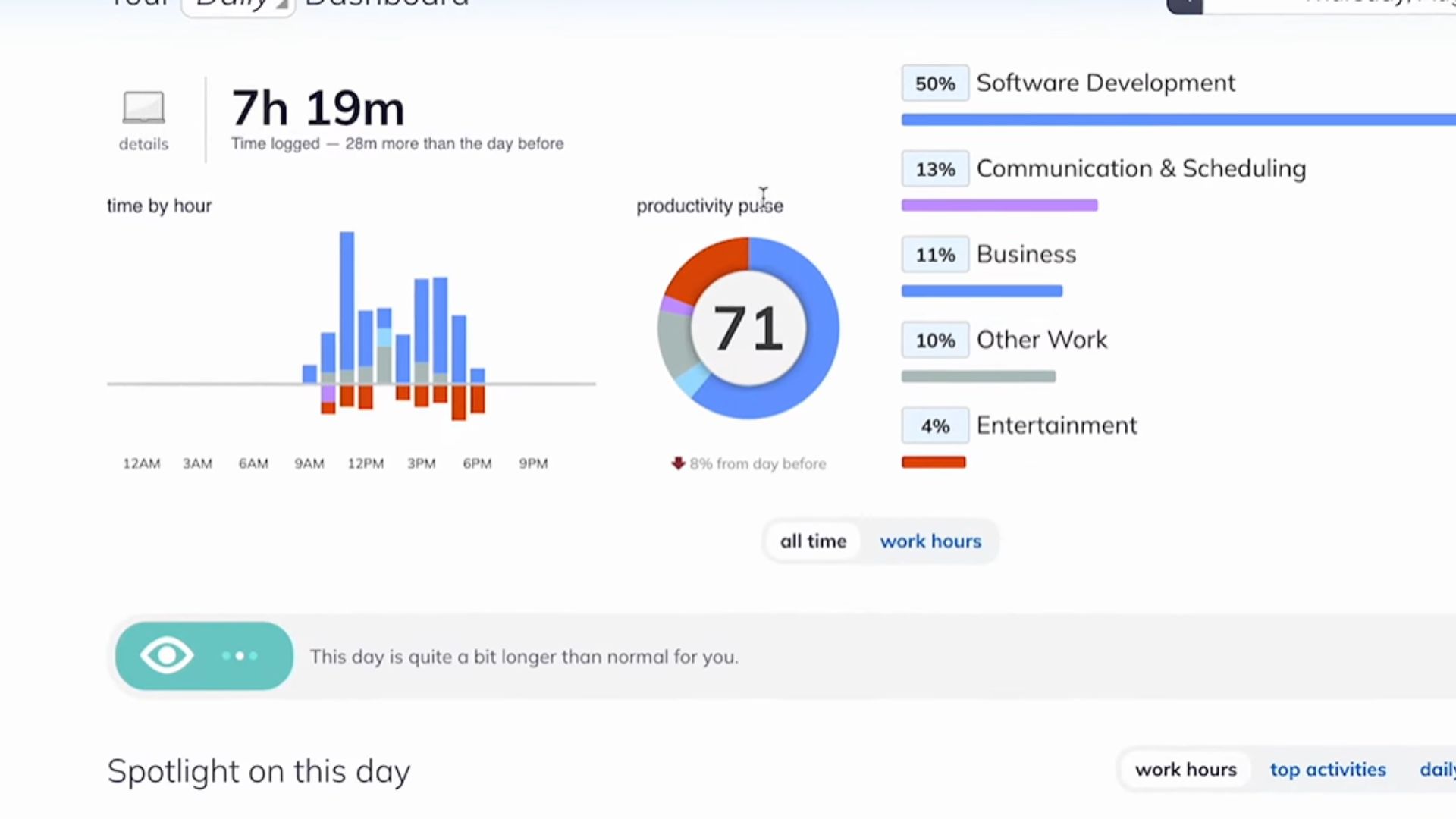 Automatic Time Tracking Software: Discovering RescueTime by RescueTime
Automatic Time Tracking Software: Discovering RescueTime by RescueTime
5. Unfollow Negative Accounts
Laboratory studies suggest a fascinating productivity equation: less digital negativity equals enhanced focus. The experimental solution is elegantly simple. First mute stress-inducing accounts (a subtle approach), then systematically unfollow non-value-adding content. What you get is a streamlined, positivity-rich feed.
6. Engage Mindfully
Building a healthier relationship with social media starts with mindful engagement, while dedicated time blocks help maintain intentional focus. This purposeful approach naturally leads to more meaningful interactions across your networks, and AI co-writers can efficiently handle routine responses.
7. Batch Tasks
A well-populated content calendar forms the bedrock of social media mastery, enabling the game-changing practice of task batching. By clustering similar activities, such as message responses and scrolling, marketers unlock the power to breeze through weekly caption writing.
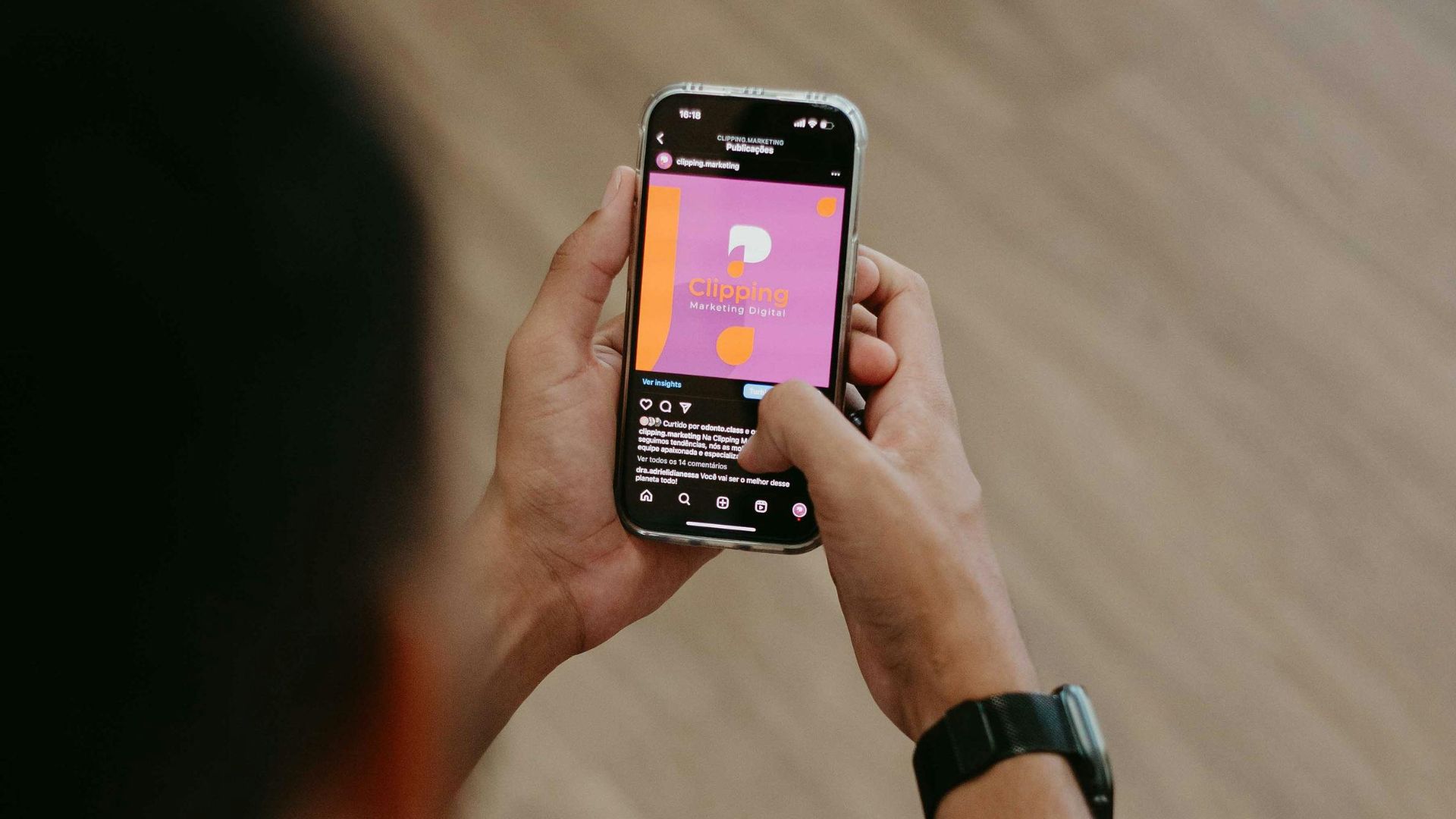 CLIPPING MARKETING DIGITAL on Pexels
CLIPPING MARKETING DIGITAL on Pexels
8. Turn Off Notifications
Start by silencing notifications, then fine-tune each app's settings to match your workflow. This foundational shift converts scattered reactions into controlled engagement. It helps build towards the ultimate prize: sustained periods of deep, uninterrupted focus during your social media management tasks.
9. Limit Multi-Platform Use
Think about all those precious minutes lost juggling multiple platforms. It's like trying to spin plates while doing a juggling act. By switching to a unified management tool, you'll gain a handy all-in-one calendar view and reclaim valuable time for creative work.
10. Use Lists Or Bookmarks
Rather than letting good social media content slip away into an endless scroll, harness the power of lists and bookmarks to take control of your online presence. This will allow you to focus on relevant information, reduce distractions, and prioritize meaningful content.






